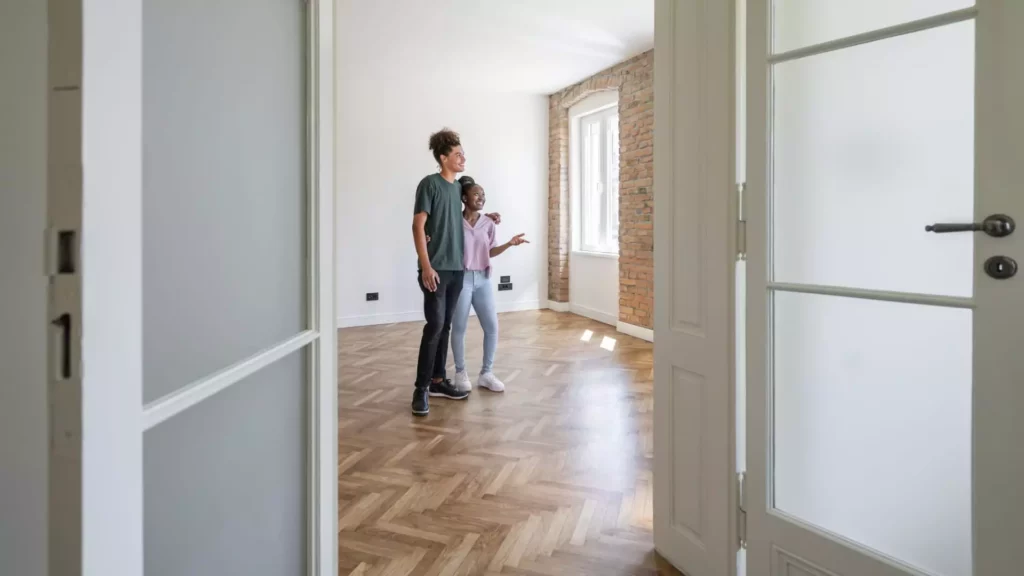As we venture into 2024, the rental market in the United States reveals striking differences that challenge conventional assumptions about affordability and supply. The latest report by Redfin offers an eye-opening glimpse into how the dynamics of housing are shifting, positively impacting some renters while simultaneously creating stressors for many others. The trends paint a nuanced picture: while some areas witness plummeting rents, others remain shackled by soaring costs. It’s a crucial moment that reveals both the promise of enhanced affordability for some and the troubling realities faced by others, especially those in traditionally high-demand regions.
Daryl Fairweather, Redfin’s chief economist, highlights a critical factor transforming the housing landscape—an increase in supply catalyzed by a construction boom ignited during the pandemic. This new inventory of apartments empowers landlords to lower their prices in a bid to entice prospective tenants. It’s a classic case of supply and demand in action: as the number of available units rises, competition heats up, resulting in declining rental prices for many.
However, one must not overlook the flip side. Not all areas benefitted equally from this construction wave. For locales with historically low rents, such as Austin or Houston, the new developments injected necessary elasticity into the market. Yet, the potential for price drops in cities that haven’t seen such growth should raise eyebrows; without additional housing construction, many residents remain caught in a financial bind that feels far from liberating.
Interestingly, while the average income for renters has experienced commendable growth—up 5.3% to a 2024 median of $54,752—this increase is not sufficient to ease the burden many face. According to the data, renters still find themselves approximately $8,928 short of affording their housing comfortably. “Rent-burdened” is an apt term to describe the condition of too many tenants, who find themselves spending an uncomfortably high percentage of their income on housing.
This paradox raises flags regarding whether our economy is genuinely improving for the average worker or if we are witnessing the gradual emergence of a two-tier housing system—where an abundance of choices benefits only the most financially secure while mid-tier renters struggle.
Uneven rental conditions reveal a stark divide in various metropolitan areas. Take Providence, Rhode Island, a clear example of “spillover” demand from nearby Boston, which has priced locals into a tight corner. The city’s limited capacity to construct new housing units exacerbates an already precarious situation, leading to elevated costs that drive away its residents.
Contrastingly, cities like Denver and Nashville provide a more favorable rental climate, benefiting from their robust building activities that help keep rents in check. Such dynamics underscore the multifaceted nature of rental affordability: it is dictated not only by overarching economic trends but also by localized conditions that can vary significantly between adjacent areas.
The pandemic heralded a wave of remote work, leading many individuals to migrate to more affordable, climate-friendly areas like Austin. However, the tides are shifting once more, as many workers return to in-person roles. This migration trend is reversing, contributing to what Fairweather describes as a “waning demand” for rentals in previously hot markets. It’s a paradigm shift that underscores how individual decisions can ripple through entire markets, affecting everything from rental prices to availability.
In this context, it raises questions about the sustainability of recent rental decreases—is a downward trend a fleeting moment of respite for renters or indicative of longer-lasting structural changes?
Ultimately, the balance between rental supply and demand remains precariously perched. Experts like Joel Berner argue that without renewed construction efforts, high demand will continue to drive up prices in areas that are already struggling. Major metros like Los Angeles and New York may continue to feel the squeeze.
As we look ahead, the importance of new housing developments becomes clear. More robust construction could ultimately provide a dual benefit: slightly alleviating the burdens of renters while enhancing overall market stability. However, can policymakers and the private sector act swiftly enough to address these growing pains?
Renting in 2024 encapsulates a complicated web of evolving conditions, where increases in income and supply don’t necessarily equate to better living conditions for all. As the landscape continues to shift, we must remain vigilant and engaged, advocating for policies that truly serve the aspirations and needs of the diverse American populace. Only through consistent dialogue and dynamic approaches can we hope to navigate this changing terrain effectively.

